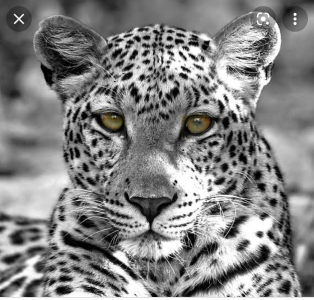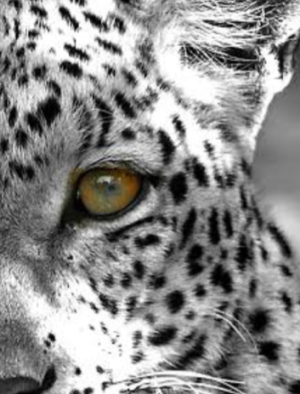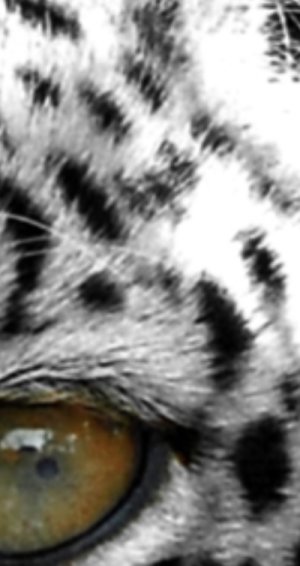Paul Higgins
Young Tutorling
Hi I think the titel dident explain it right I do have a problem explaining in text but I much prefer videoshere goes
I have done a tiger head I know how to do the black strips and the colors..but the white in the tigar was the actual paper,, But if Im painting a lepared.. I havent done textures useing white and havent been showen
I can understand the black fur goes over the white but I dont know how to do the white.I have watched the video's but still carnt tell again ben through the posts on the video;s but in the same place
years ago I did the lopared black and white
Dose anyone know where I can get the ref pic from..I havent beenon the site for a few year's and to me it all changed thank in antisipitation Paul
I have done a tiger head I know how to do the black strips and the colors..but the white in the tigar was the actual paper,, But if Im painting a lepared.. I havent done textures useing white and havent been showen
I can understand the black fur goes over the white but I dont know how to do the white.I have watched the video's but still carnt tell again ben through the posts on the video;s but in the same place
years ago I did the lopared black and white
Dose anyone know where I can get the ref pic from..I havent beenon the site for a few year's and to me it all changed thank in antisipitation Paul



